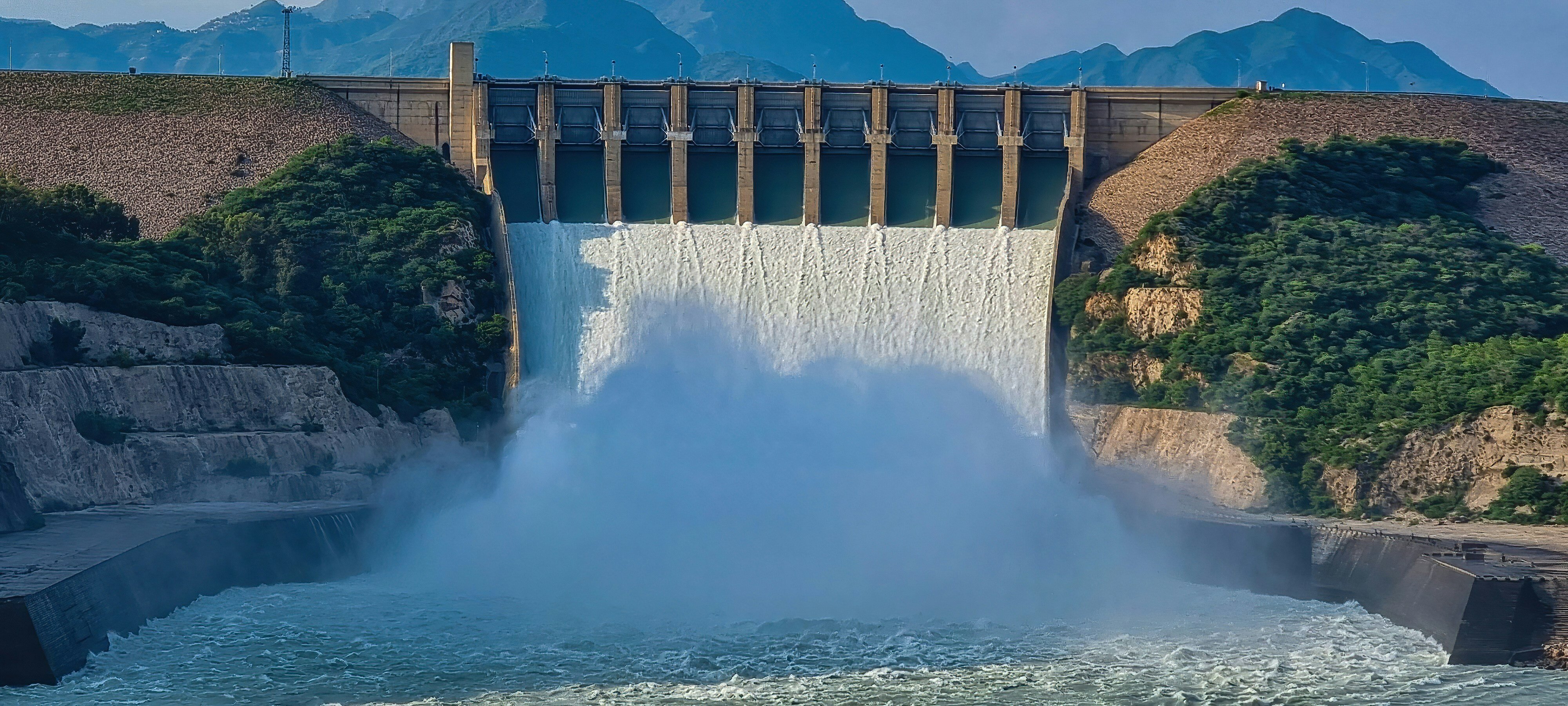Limited Resources in Water Utilities: Who’s Managing Cybersecurity?

 By
Jason Miller
·
2 minute read
By
Jason Miller
·
2 minute read
Water utilities across the U.S. face a unique challenge—how to balance the essential functions of delivering water to millions of people while also managing cybersecurity risks. With limited resources, these utilities often find themselves prioritizing operational needs over the increasing threat of cyber attacks.
The Challenges Water Utilities Face
The American Society of Civil Engineers estimates that over a million miles of pipes deliver drinking water across the U.S. This vast infrastructure is under constant pressure from both environmental and operational challenges, leaving cybersecurity as an afterthought for many utility operators.
Here are some of the most pressing challenges that divert attention away from cybersecurity:
- Aging infrastructure
- Leaking pipes
- Financing improvements
- Ensuring a reliable long-term water supply
- Water contamination
- Talent attraction and retention
- Population fluctuation
- Implementing innovative technology
- Infrastructure resiliency and emergency preparedness
While the final two challenges—innovative technology and emergency preparedness—touch on aspects of cybersecurity, they don’t fully encompass the complexity of defending against cyber threats. As a result, many operators are unable to make cybersecurity a top priority.
Cybersecurity: A Growing Threat for Water Utilities
Despite the overwhelming operational challenges water utilities face, cybersecurity remains one of the most significant threats today. Cyber attacks on critical infrastructure, including water systems, are becoming more frequent, jeopardizing the security and reliability of these vital services. The American Water Works Association (AWWA) emphasizes the importance of taking immediate action, stating that “all water systems should act to examine cybersecurity vulnerabilities and develop a cybersecurity risk management program.”
The problem is compounded by the lack of consistent cybersecurity standards across the Water and Wastewater Sector (WWS). While some regulations exist, they are not mandatory nationwide, leading to inconsistent protection and leaving many utilities vulnerable to cyber threat actors.
The Push for Cybersecurity Legislation
Some help is on the way in the form of new legislation. A bill introduced in April 2024 aims to provide more resources to water utilities by authorizing an independent, non-federal entity to lead the development of cybersecurity requirements for the sector. However, the legislative process is still in its early stages, meaning that utilities can’t rely on this support just yet.
As water utilities wait for more comprehensive regulations, the AWWA warns that domestic and foreign cyber threats are intensifying. With WWS operations being crucial for public health, safety, and national security, the time to strengthen cybersecurity measures is now.
How Can Water Utilities Improve Cybersecurity with Limited Resources?
Water utilities are already stretched thin with a wide range of responsibilities. So, how can they realistically implement stronger cybersecurity measures without sacrificing the functionality of their core operations?
This is where BitLyft comes in. Our team specializes in providing robust, AI-powered cybersecurity solutions that protect critical infrastructure from evolving threats. With BitLyft’s services, you can keep your focus on delivering safe, reliable water to your community, while we handle the cybersecurity side of things.
Learn more about BitLyft AIR® and how it can safeguard your water utility.